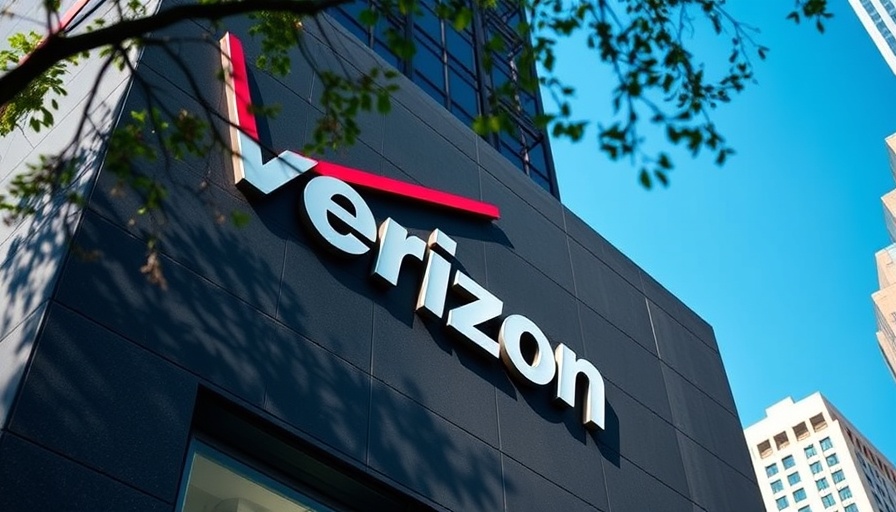
Understanding the Shift in Talent Acquisition
As the job market continues to evolve, talent acquisition managers and HR professionals are witnessing a significant shift in recruitment dynamics shaped by various societal factors. A recent executive report highlighted that job vacancies in sectors such as hospitality and tech have reached historic highs, indicating a growing demand for skilled workers. But how can organizations effectively attract and retain top talent amidst the growing competition?
Loneliness at Work: A Silent Struggle
Compounding the challenge of recruiting and retention, new studies reveal alarming trends related to employee isolation. The TELUS Mental Health Index shows that employees, particularly those under 40, feel increasingly disconnected, with 80% lacking trusted workplace relationships. This emotional disconnection not only affects personal well-being but also carries substantial implications for workplace productivity and motivation.
The Role of HR in Fostering Connection
Given these pressing challenges, the responsibility falls squarely on HR teams to create environments that foster meaningful interactions among employees. By investing in team-building activities and mentorship programs, organizations can help bridge the interpersonal gaps that contribute to loneliness. As studies suggest, creating a culture of trust and support could mitigate the risks associated with employee isolation, enhance job satisfaction, and ultimately boost retention rates.
Remote Hiring Strategies: Adapting to the New Normal
As many organizations pivot towards remote work arrangements, talent pipeline development must also shift. Companies are leveraging advanced applicant tracking systems and AI in recruiting to streamline their hiring processes while ensuring a positive candidate experience. By focusing on skills-based hiring, organizations can more effectively identify candidates who are not just qualified but who also fit well into the company culture, thus reducing turnover.
Conclusion: The Path Forward for Talent Acquisition
Addressing the complexities surrounding recruitment in today's landscape requires a comprehensive approach. From understanding hiring trends to implementing effective campaigns aimed at enhancing employee connection and combatting loneliness, HR leaders must stay proactive. By integrating these strategies, companies will not only improve their hiring processes but also foster a supportive work environment conducive to employee growth. The future of work hinges on our ability to adapt — it’s time to act on these insights for a more connected, engaged workforce.
 Add Row
Add Row  Add
Add 




Write A Comment